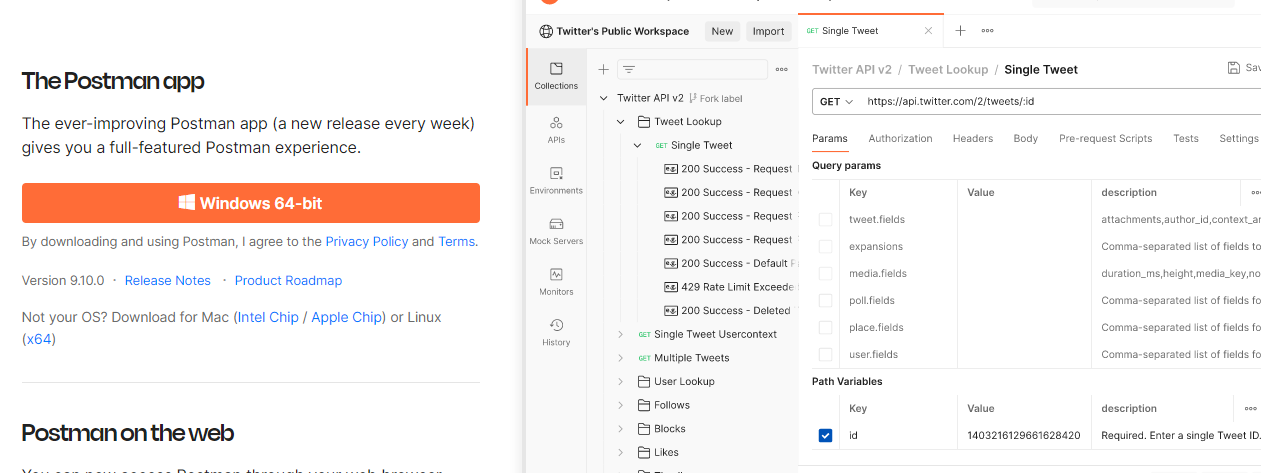Table of Contents
Start Business VS Buying Business
Are you a business owner and love to do business then this content will help you out. We know that building businesses from start are a long time of investment and there is no proof that our idea will be validated and accepted by the market. SO, why not invest money in that business that already has idea validation and a success story over some time. Buy a business is very extraordinary because it can bring about huge budgetary, legal liability, taxes, and different consequences. Consequently, it is critical to utilize a procedure that limits your hazard taking after the fruition of the exchange.
Here are the following steps for buy a business:
Step 1: Deciding a price
Once in a while deciding the offer cost for a business can be genuinely simple, particularly if you are as of now very comfortable with the business, have a lot of industry information, or have commonality with the past offers of comparative organizations. Unmistakably, the price tag is basic in deciding if you wind up with a decent arrangement. Once you’ve decided the estimation of the objective organization, you will be in a superior position to figure out what money sum or other thought you might want to offer the vendor, regardless of whether at a markdown, advertising cost, or an excess.
Step 2: Pick a proper deal structure
In spite of the fact that there are different inventive approaches to buy a business, there are three essential structures that are the most well-known: merger, resource buys, and stock buy. Each of these decisions has distinctive layers of many-sided quality and fluctuating expense and risk outcomes.
Step 3: Sign a letter of intent
Once you’ve decided the price tag and the exchange structure for your securing, the gatherings ought to go into what is known as a letter of intent (LOI). The letter of intent is (normally) a moderately short, non-restricting letter of plan marked by both sides that detail the fundamental arrangement focuses on the exchange. The LOI ought to incorporate the price tag, a depiction of the arrangement structure, due perseverance necessities, the gatherings’ desires regarding the buy understanding, the expected planning for the end, and whatever other material points of interest settled upon by the gatherings.
Step 4: Set up a closing checklist
At the earliest opportunity after the LOI is marked, you should assemble what is known as a closing checklist, which is a rundown of each and every report, instrument, or activity that must be finished, marked, or conveyed regarding the end. Accordingly, the closing checklist is the most vital report in guaranteeing that the exchange is fulfilled as easily as could reasonably be expected.
Step 5: Conduct due to constancy
When you hear the term due to constancy, think about an examination. Due constancy is an examination of everything without exception about the objective organization that could make any obligation for you once you’re the new proprietor. For instance, regulatory, litigation, tax, environmental and authoritative liabilities are normal territories of potential introduction.
Step 6: Negotiate the buy agreement
Regularly, the purchaser is in charge of drafting the buy agreement because the purchaser is the one setting up the money and has the most serious danger of misfortune. In a perfect world, you ought to have a business agreement lawyer draft this record for you, especially one with involvement in mergers and acquisitions.
Step 7: Obtain all agreements and endorsements
The closing checklist ought to incorporate all agreements and endorsements that are required to legitimately close the exchange. For instance, the checklist ought to incorporate any required agreements from the purchaser’s and dealer’s landowners, clients, providers, stockholders, the governing body, creators, or other third people.
Step 8: Conclude the closing
Business lawyers view the end as the minute when thought is traded and exchange of possession happens. As it were, it’s payday. On this day, everything on the closing checklist ought to have been finished; you ought to be prepared, willing, and ready to convey the price tag; and the vendor ought to be prepared to convey any required stock endorsements, archives, or instruments to legitimately effectuate an exchange of proprietorship.











